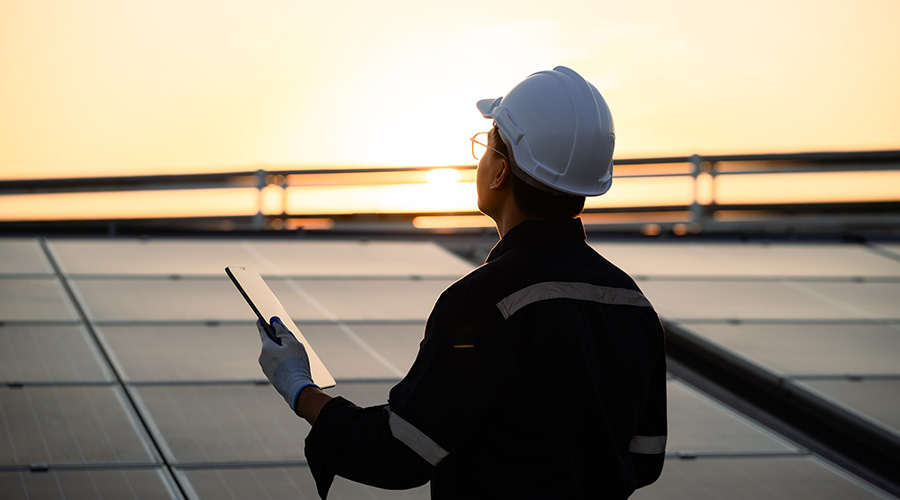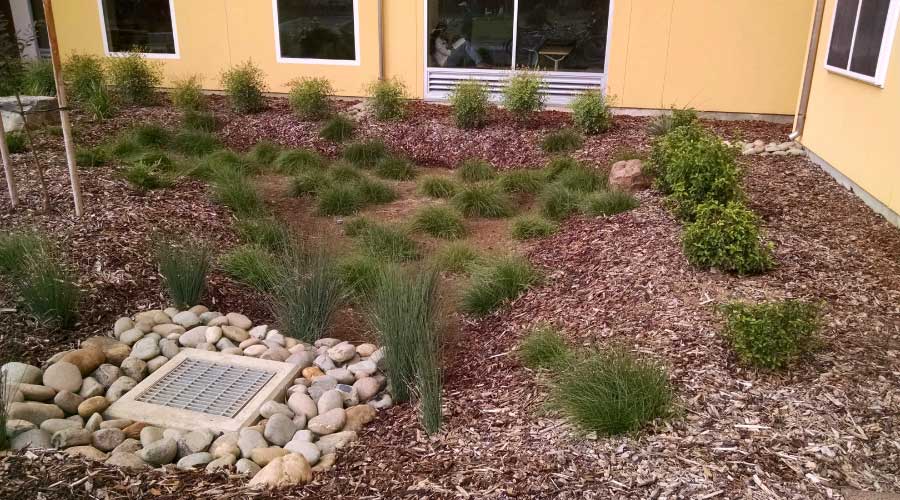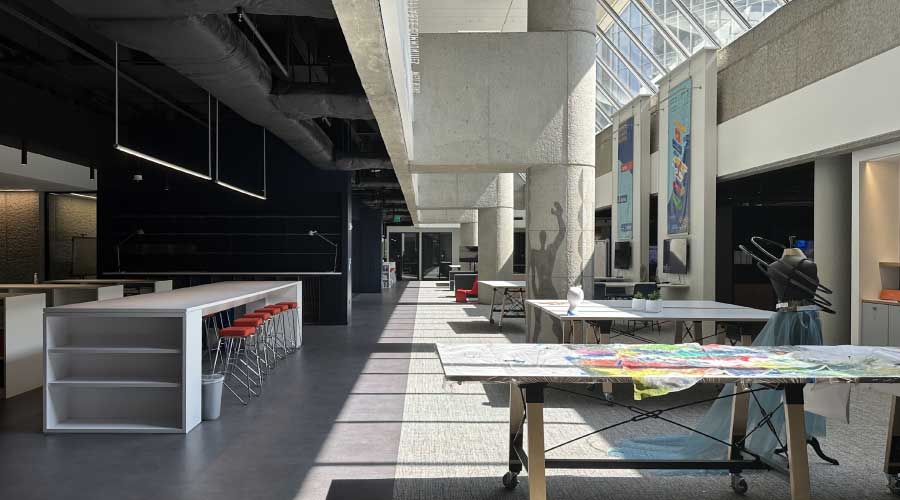Building Safety, Sustainability Begin with Improved Building, Energy Codes
A post-pandemic focus on improved energy and building safety codes today can result in better, more efficient buildings tomorrow.
As governments continue to race toward achieving the goals outlined in the Paris Agreement, it is now evident that the COVID-19 pandemic had the unexpected side effect of helping to lower global greenhouse gas emissions (GHG). However, with more individuals beginning to re-engage in pre-pandemic activities, emissions are once again on the rise. Based on preliminary data for 2021, Rhodium Group estimates that U.S. economy-wide GHG emissions increased 6.2 percent relative to 2020, though emissions remained 5 percent below 2019 levels. While historically the building and construction industry has contributed around 40 percent of global emissions, the Global Alliance for Buildings and Construction found that buildings in 2020 were responsible for 37 percent of global emissions, 10 percent lower than in 2019 largely due to the pandemic.
With the U.S. construction sector forecasted to grow by 8.8 percent, it is to be expected that the expansion will result in a surge of GHG emissions. Fortunately, the industry has been provided with the necessary tools and resources to make both an immediate and long-term impact on GHG emissions from the sector.
Building Codes Support Strong Communities
In November 2021, Congress passed the Infrastructure Investment and Jobs Act (IIJA), allocating nearly $1.2 trillion in federal funds to necessary infrastructure projects across the country. Through the IIJA, state and local elected officials can update their jurisdiction’s infrastructure while also constructing it to be sustainable and efficient for years to come.
While certain projects, such as investing in the renewable energy utility grid, might take years, there are projects that can be implemented to have immediate effects on the GHG emissions in local jurisdictions. For example, the IIJA makes federal funds available for the implementation of updated energy codes. After all, energy codes are a fundamental mechanism for driving reductions in energy use and GHG emissions. The U.S Department of Energy (DOE) found that from 2010 through 2040, energy codes will save U.S. home and business owners $138 billion and reduce emissions by 900 million metric tons (equivalent to the annual emissions of 227 coal fired power plants).
Energy codes such as the International Energy Conservation Code (IECC) provide an immediate pathway to increased sustainability, yielding energy savings of 9.4 percent and GHG savings of 8.7 percent over the 2018 edition. The IIJA will provide an unprecedented investment of $225 million in grants to states and localities through the DOE to support the implementation of updated energy codes.
Creating a Holistic Building Through Codes
However, beyond only adopting modern energy codes, communities should consider their building safety strategy from a holistic viewpoint. After all, modern building codes and standards when adopted and implemented as a family of codes such as the International Codes (I-Codes) creates an ecosystem of building policies that supports resiliency and sustainability. For example, codes that focus on plumbing like the International Plumbing Code (IPC) work with energy codes to not only improve water efficiency, but energy efficiency as well. The IPC and IECC include provisions that ensure that pipes are insulated, resulting in greater energy efficiency as hot or chilled water doesn’t lose temperature to the surrounding space. Additionally, there are provisions to address plumbing fixture flow rates and pipe sizing which will also provide greater efficiency.
Along with those listed above, other solutions such as LED lighting and EV charging stations have also proven to help make communities more sustainable while saving taxpayers money on utilities. However, the building safety industry must also work to develop long-term solutions as well.
The Building Safety Industry of Tomorrow
While the federal government’s investment in the transition is an essential step, the industry must continue to take a proactive approach in developing resources and solutions that support reductions in GHG emissions. Understanding that it will take a collaborative effort, standards developers, like the Code Council, recognize the importance of having tools that support consistency in how the GHG emissions of buildings are measured and how savings are verified.
Existing tools, like chapter 9 of the International Green Construction Code (IgCC), provide processes for verifying the impacts of material choices through environmental product declarations (EPDs) and the impacts of buildings through life-cycle assessments. The ICC Evaluation Service (ICC-ES) provides verification of EPDs for many construction materials and products. ICC-ES also provides evaluations verifying that low-carbon concrete delivers the strength levels required in the codes.
Understanding providing new resources to professionals is key, the Code Council has announced its intent to develop a standard for the consistent measurement and verification of carbon emissions across the building life-cycle, including processes used during the operations and decommissioning phases. The standard is intended for use by governments, businesses and the financial sector as the underlying process for measurement and verification of any targets or requirements they set.
Federal, state, and local governments have placed the reduction of GHG emissions as a goal of paramount importance, with ramifications that can be felt across all sectors of the economy and daily life. As decision makers continue to gain access to federal funds, SDOs must continue to step up and provide resources to aid officials in making informed, long-term decisions for more sustainable communities.
Ryan Colker is Vice President of Innovation for the International Code Council.
May Is Building Safety Month
Reinforcing the importance of improved building codes and energy efficiency, the Code Council has devoted the first week of Building Safety Month, celebrated in May, to “Planning for a Safe & Sustainable Tomorrow.” Building Safety Month is the annual global educational campaign to raise awareness around building safety and the important role building safety professionals play in delivering safe, sustainable and resilient buildings and communities. During the month, the organization will be hosting a lineup of free webinars. For more information on Building Safety Month and to register for the webinars, visit here.
Related Topics:












